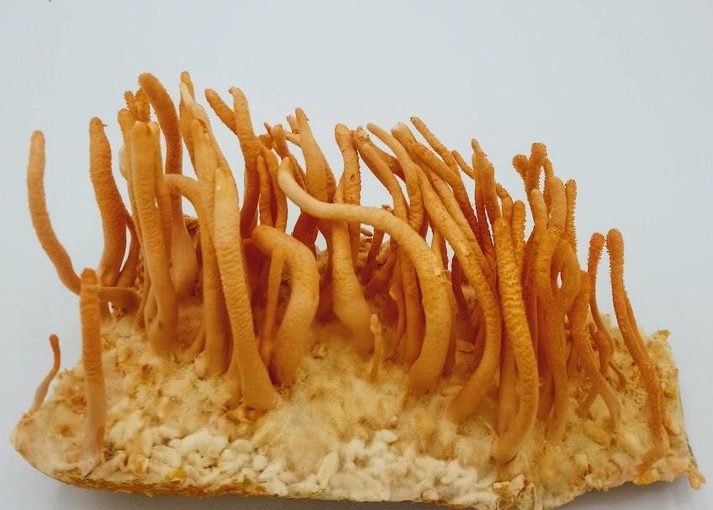Exotic mushroom varieties include Lion’s Mane, Reishi, Shiitake, Enoki, and Maitakend maitake. These mushrooms offer unique flavors and health benefits.
Introduction
Mushroom cultivation is an exciting journey. It offers unique flavors, textures, and nutrients. Familiar mushrooms, like button, shiitake, and oyster, dominate the market. Many exotic varieties await exploration.
This blog post will explore rare mushroom species. We’ll highlight some unique cultivated mushrooms to diversify your growing experience.
These exotic mushrooms for cultivation will inspire you. They will, whether you’re a seasoned grower or a curious beginner.
The Importance of Exploring Exotic Mushroom Varieties
Exotic mushrooms boost culinary experiences. They also aid biodiversity and sustainable farming. Unique mushrooms often have distinct flavors, textures, and nutrients. These traits set them apart from common varieties.
Growing rare mushrooms can tap into niche markets. You can offer unique products and enjoy the thrill of growing something extraordinary.
Exotic Mushroom Varieties to Cultivate
1. Lion’s Mane (Hericium erinaceus)
-
- Description: Lion’s Mane has a shaggy look. It’s a culinary delight and a valued medicine.
- Flavor Profile: It has a mild, seafood-like flavor, often compared to crab or lobster.
- Cultivation Tips: Lion’s Mane thrives on hardwood sawdust or logs. It requires a humid environment and can be grown indoors or outdoors.
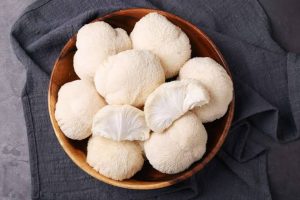
2. Maitake (Grifola frondosa)
-
- Description: Maitake mushrooms, or “Hen of the Woods,” are prized for their rich flavor and health benefits.
- Flavor Profile: Earthy and robust, with a slightly spicy undertone.
- Cultivation Tips: Maitake prefers oak or maple logs. Fruits require a cool and moist environment to be fruited successfully.
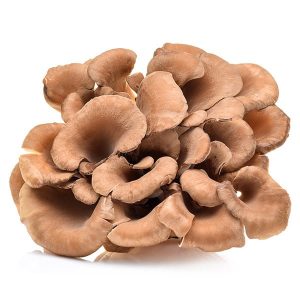
3. Reishi (Ganoderma lucidum)
-
- Description: Reishi mushrooms are renowned in traditional medicine for their immune-boosting properties.
- Flavor Profile: Bitter and woody, typically consumed in tea or extracts rather than as a culinary ingredient.
- Cultivation Tips: Reishi can be cultivated on hardwood logs or sawdust blocks. It requires a warm and humid environment.

4. Cordyceps (Cordyceps militaris)
-
- Description: Cordyceps is a mushroom. It’s bright orange and medicinal. It’s fascinating to grow.
- Flavor Profile: Mild, with a slightly sweet taste.
- Cultivation Tips: Cordyceps can be grown on rice or insect larvae substrates. It needs a controlled environment with specific temperature and humidity levels.

5. Shimeji (Hypsizygus tessellatus)
-
- Shimeji mushrooms, or Beech mushrooms, are popular in Asian cooking. They have a firm texture and umami flavor.
- Flavor Profile: Rich, nutty, and slightly sweet.
- Cultivation Tips: Shimeji can be grown on sawdust or straw. It requires a cool environment with high humidity.
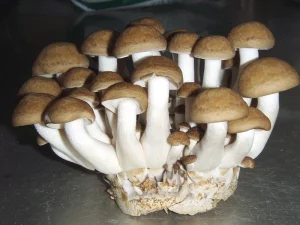
6. Enoki (Flammulina velutipes)
-
-
- Description: Enoki mushrooms are characterized by their long, thin stems and small caps. They are commonly used in soups and salads.
- Flavor Profile: Mild and slightly fruity.
- Cultivation Tips: Enoki can be cultivated on sawdust or wood-based substrates. It requires a cold and dark environment to achieve its characteristic shape.
-
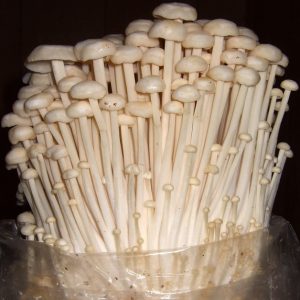
7. Blue Oyster (Pleurotus ostreatus var. columbinus)
-
- Description: A variant of the common oyster mushroom, Blue Oyster is known for its striking blue-grey color.
- Flavor Profile: Mild and savory, similar to other oyster mushrooms.
- Cultivation Tips: Blue Oyster can be grown on straw or hardwood sawdust. They need a humid environment and can be grown indoors or outdoors.
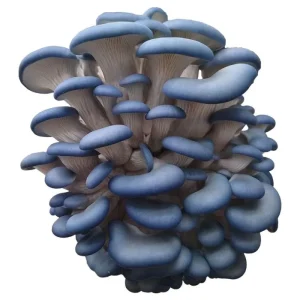
Benefits of Cultivating Exotic Mushroom Varieties
-
- Nutritional Value: Many exotic mushrooms are high in vitamins, minerals, and antioxidants. They’re very nutritious.
- Culinary Diversity: These mushrooms can add a gourmet touch to your dishes. They improve both flavor and texture.
- Some exotic mushrooms, like Reishi and cordyceps, have health benefits. They are used in traditional medicine.
- Economic Potential: Growing rare mushrooms can boost your profits and open new markets.
Challenges in Cultivating Exotic Mushrooms
Cultivating exotic mushrooms can be rewarding, but it’s challenging.
- Specialized knowledge: Some rare mushrooms need specific conditions to grow. This requires a deep understanding of their biology and needs.
- Controlled Environment: Some exotic mushrooms need the right temperature, humidity, and light to grow.
- Market Demand: Exotic mushrooms can fetch high prices due to their novelty. However, they may require more effort to market and sell.
Conclusion
Exploring exotic mushrooms is a journey of discovery and joy. By growing rare varieties, you can expand your cooking, support sustainability, and access niche markets.
If you’re drawn to the medicinal Reishi, the tasty Lion’s Mane, or the stunning Blue Oyster, an exotic mushroom awaits you. It’s time to cultivate and enjoy it.
Sources and References
-
Bhambri A, Srivastava M, Mahale VG, Mahale S, Karn SK. Mushrooms as Potential Sources of Active Metabolites and Medicines. Front Microbiol. 2022 Apr 26;13:837266. doi: 10.3389/fmicb.2022.837266. PMID: 35558110; PMCID: PMC9090473.
-
El-Ramady H, Abdalla N, Badgar K, Llanaj X, Törős G, Hajdú P, Eid Y, Prokisch J. Edible Mushrooms for Sustainable and Healthy Human Food: Nutritional and Medicinal Attributes. Sustainability. 2022; 14(9):4941.
-
Innovations in Polyhouse Mushroom Cultivation: A Holistic Approach
By leveraging these resources and embarking on your own cultivation journey, you can genuinely diversify and enrich your mushroom-growing experience.
